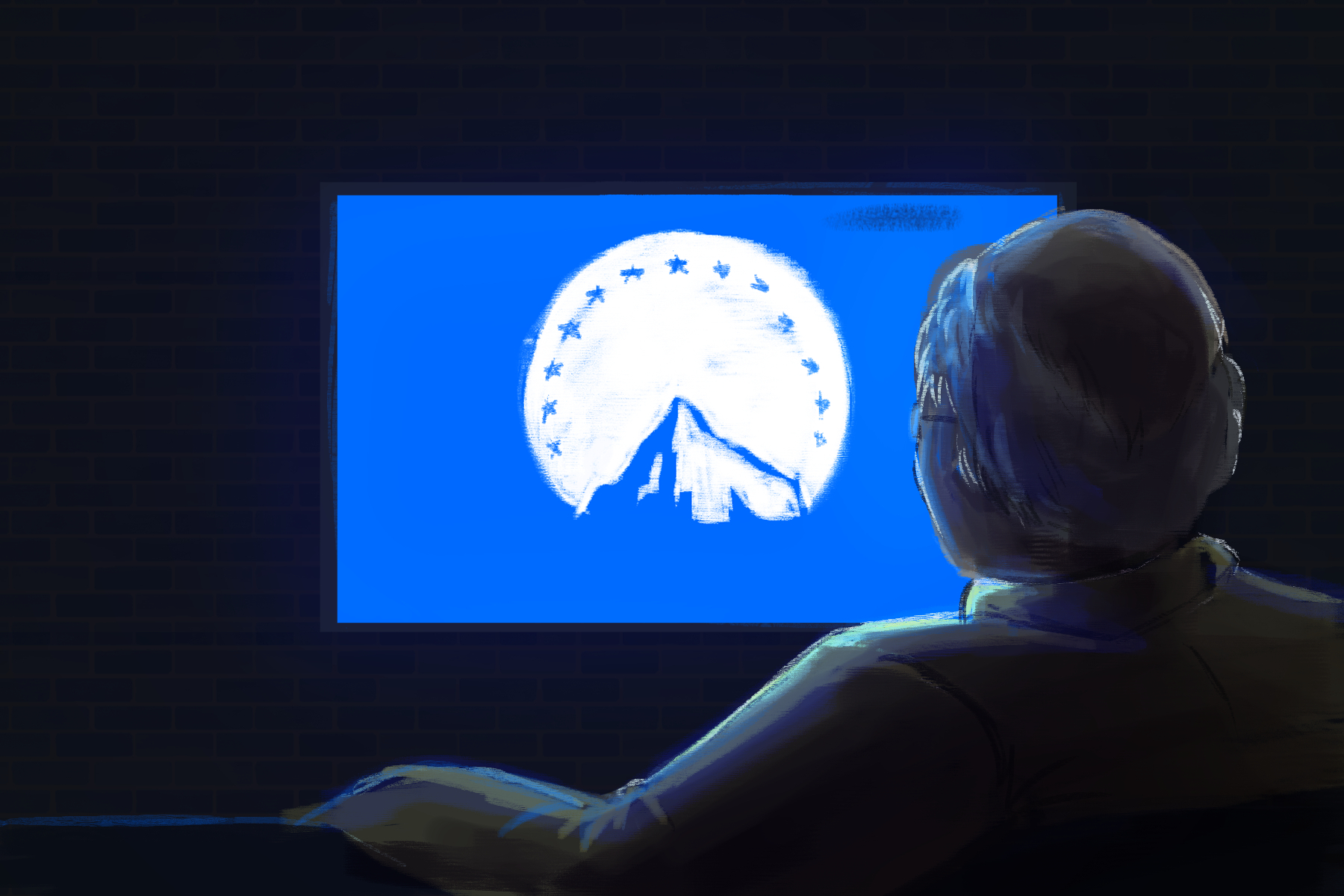We are currently living through the streaming wars. The days when broadcast and cable networks competed for the most viewers are left dead and in the dust as more people “cut the cord.” With streaming more prominent than ever, thanks partially to the pandemic, more corporate (Apple TV+ and Prime Video) and niche streaming services (sorry, Quibi) are being announced every month. Netflix is no longer the lone top dog; Disney yet again established dominance (and further expanded its entertainment monopoly) after gaining 100 million subscribers in only 16 months following Disney+’s debut, a feat that took Netflix roughly 10 years. Netflix’s impact on modern streaming can’t be understated, but since its debut in 2007 as a free add-on to its DVD service, the world of streaming has only gotten bigger and by virtue more competitive.
Viacom, the major media giant who owns CBS, saw how poorly their streaming service, CBS All Access, was doing in comparison to larger platforms. The company took a big risk and rebranded its boomer streaming service into a more relevant, formidable platform now known as Paramount+. Late to the game? Absolutely, but this mid-life crisis for cable’s old-people channel is looking like it will pay off in the long run for Viacom.
The expansion of streaming has steadily killed the cable industry since 2007. By that point, Netflix, Hulu and Prime Video had established themselves as a better-quality viewing experience compared to cable, similar to what HBO did to cable in the ‘90s. Young people love watching TV, not paying a lot for it and having vast accessibility. Think about how TiVo changed time slots for cable and broadcast in the early 2000s.
Growing technology has allowed young people to stream on any electronic device, giving yet another reason to not pay for cable and for boomer reporters to complain about how millennials are killing another industry. But it’s not their fault. You either grow with your demographic or you become outdated and unwanted. Who was CBS All Access’ demographic? Film and television professor Dr. Barbara Selznick from the University of Arizona jokingly called it the boomer streaming service during a lecture, and I think that’s the most accurate description.
When breaking down who watches CBS content the most, the median age was 58 years old. You know who also doesn’t understand smart TVs, the internet or how to use a streaming service? 58-year-olds. The need to rebrand from CBS All Access to Paramount+ wasn’t necessarily a lack of good content; CBS is still the most-watched network on cable and is consistently leading prime-time TV numbers. Rather, it was due to the fact that the original streaming service advertised content young people don’t want to watch on a platform made for old people who don’t know how to use it.
Boomers are comfortable with cable. They aren’t challenged by it and are perhaps the only demographic group remaining who is okay with not having control over their TV schedule. But despite watching a lot of cable TV, boomers aren’t the most (or even the second most) profitable demographic for streaming.
Ages 18-34 comprise the most valuable demographic, with the next biggest market being preschool to middle school-aged kids (because we all know parents need a break sometimes). “Cocomelon” is making Netflix some mad money and HBO Max’s “Sesame Street” deal was genius. Other examples of these specialized marketing tactics include NBC’s Peacock, whose main selling point was “The Office”; HBO Max informing every person in the world that they would feature “Friends”; and now Paramount+’s huge deal with Nickelodeon.
It’s important to note that Netflix previously held the streaming licenses for both “The Office” and “Friends.” That was until the shows’ parent companies realized the financial value in showing their own stuff on their streaming service — even if that cost Warner Media (the true owner of “Friends”) a ridiculous amount of money.
Disney+’s ability to take over the streaming war wasn’t a coincidence. The biggest factor in having a winning service is the content you house and the ways you advertise it, and Disney is the perfect combination of marketable kids programs and adult-oriented (but not sexual) content. Viacom is mimicking the same business model with Paramount+. They are combining popular movie titles from the titular studio; original content; various TV shows from CBS, BET, Comedy Central and MTV; and a smorgasbord of both preexisting and new content from the previously mentioned Nickelodeon deal.
The biggest risks Paramount + has taken are its original reboots. The CGI animation and the updated characters of “Rugrats” still exude nostalgia, but the bigger risk was taken by rebooting the tween show “iCarly,” with its original cast all grown up and acting like adults, including some swearing and sexual overtones.
Disney+ has come under fire a few times now for either canceling shows deemed too adult or moving content to Hulu so it wouldn’t stain Disney’s precious pristine brand. Millennials went wild when news broke of a “Lizzie McGuire” reboot in the works at Disney+. Not only was Hilary Duff on board, but practically the entire original cast, writers and producers were all working together to make this reboot for the audience who grew up with it. That is, until Disney said no because they wanted it to still be tween-oriented for Disney+. After months of rewrites and discussion, Duff wrote to fans expressing her sadness and disappointment with Disney for not letting Lizzie grow up. Disney dropped the ball big time with this.
That’s where Paramount+ steps up to the plate. Since the platform dropped in March, it has garnered 30 million subscribers — a decent jump from CBS All Access’ 11 million a few years prior to the rebrand. Despite the competition being lightyears away, Paramount+ is advertising heavily and plans to release over 20,000 combined titles of IP and original content within the next two years. The streaming service is coming to bat hard with its mix of adult content, childhood nostalgia and its deal for CBS exclusive sports. Don’t be surprised if next February you’re watching the Super Bowl on Paramount+, then following it up with a new episode of “Star Trek.”

















